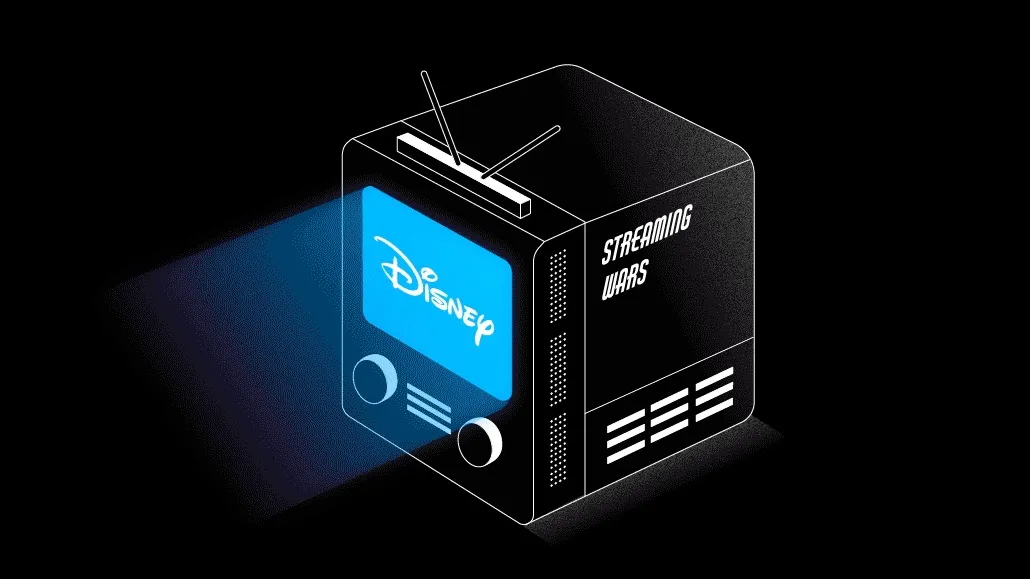In-person tours still account for a far greater share of lease closings. But virtual tours help prospective renters narrow down their choices.
As in-person apartment viewings return, industry sources say the technologies used during the shelter-in-place period will stick around even after the coronavirus pandemic ends.
The use of virtual apartment showings and paperless leasing spiked during the pandemic, says Stacy Holden, industry principal and director at AppFolio, a property management software company. Around 64 percent of 1,000 property owners surveyed by the company believe virtual showings are here to stay. Holden says these results indicate property management and leasing teams are seeing substantial value in virtual showings, even beyond the pandemic era. Around 71 percent of property management companies have increased their priority of virtual showings, while 43 percent have increased the priority of paperless leasing, according to the survey.
“There will always be a subset of people who will prefer to go the virtual tour route. That will not go away,” says Holden. “Additionally, online leasing with e-sign options, no matter if a prospect does an in-person or virtual tour, will always win the day over paper documents. It is fundamentally a more streamlined way of approaching leasing, and it makes all the difference for everyone involved.”
Jim Love, vice president of marketing and brand at Chicago-based Draper and Kramer Inc., a property and financial services company, agrees that virtual apartment tours are here to stay. “The process was already trending in this direction, and the shutdown merely accelerated that shift. We do not see this as revamped, but the way things were headed anyway and where we were already investing.”
However, in the first two weeks since in-person apartment tours had resumed, RMK Management Corp., a Chicago-based real estate company, “started to see high closing ratios from walk-in traffic,” notes Diana Pittro, executive vice president with the firm. Face-to-face leasing accounted for around 95 percent of activity, while only 5 percent of leasing was done online, and usually only if the client was in a rush or was moving from out of town, says Pittro. In her view, it is too soon to tell how the breakdown will continue, but she expects many leases will still start with FaceTime tours and, depending on that experience, lead to an in-person viewing. About a third of all prospects who have conducted the virtual tour eventually come in to take a physical tour, according to Jon Schneider, senior vice president of asset management at Fifield Cos., a luxury real estate developer.
As in-person apartment viewings return, industry sources say the technologies used during the shelter-in-place period will stick around even after the coronavirus pandemic ends.
The use of virtual apartment showings and paperless leasing spiked during the pandemic, says Stacy Holden, industry principal and director at AppFolio, a property management software company. Around 64 percent of 1,000 property owners surveyed by the company believe virtual showings are here to stay. Holden says these results indicate property management and leasing teams are seeing substantial value in virtual showings, even beyond the pandemic era. Around 71 percent of property management companies have increased their priority of virtual showings, while 43 percent have increased the priority of paperless leasing, according to the survey.
“There will always be a subset of people who will prefer to go the virtual tour route. That will not go away,” says Holden. “Additionally, online leasing with e-sign options, no matter if a prospect does an in-person or virtual tour, will always win the day over paper documents. It is fundamentally a more streamlined way of approaching leasing, and it makes all the difference for everyone involved.”
Jim Love, vice president of marketing and brand at Chicago-based Draper and Kramer Inc., a property and financial services company, agrees that virtual apartment tours are here to stay. “The process was already trending in this direction, and the shutdown merely accelerated that shift. We do not see this as revamped, but the way things were headed anyway and where we were already investing.”
However, in the first two weeks since in-person apartment tours had resumed, RMK Management Corp., a Chicago-based real estate company, “started to see high closing ratios from walk-in traffic,” notes Diana Pittro, executive vice president with the firm. Face-to-face leasing accounted for around 95 percent of activity, while only 5 percent of leasing was done online, and usually only if the client was in a rush or was moving from out of town, says Pittro. In her view, it is too soon to tell how the breakdown will continue, but she expects many leases will still start with FaceTime tours and, depending on that experience, lead to an in-person viewing. About a third of all prospects who have conducted the virtual tour eventually come in to take a physical tour, according to Jon Schneider, senior vice president of asset management at Fifield Cos., a luxury real estate developer.
“The ‘virtual tour’ is now a more professionally managed experience that provides a digital experience of the asset that is catered to the client’s needs in terms of price, unit type and availability,” says Schneider. “This includes in-unit footage of the specific apartment that fits the prospects needs, 3D tours and features of models and the amenity areas, neighborhood info and an opportunity for Q&A. This tool, in conjunction with a subsequent socially distanced in-person tour, has created the leasing experience that we believe will continue long after COVID.”
At properties managed by RMK, virtual tours include the renter getting on a FaceTime or Skype call with a team member who is walking through the unit to conduct the showing. That team member will open closet doors and run faucets if the prospect asks them to, as well as offering walk-throughs of the amenity spaces, lobbies and other parts of the building, according to Pittro. The combination of virtual tour features, especially the in-unit footage of the specific apartment that fits the prospect’s needs and 3D technology, give prospects a good feel for the available space and amenities, says Schneider.
“We believe all of these tools are here to stay. It makes the process faster and more efficient,” says Love. “Now, you can scan for exactly what you want, make a short list and focus on just the units you know fit your needs. We continue to invest in the digital experience and are excited to roll out even more.”
SOURCE: National Real Estate Investor











